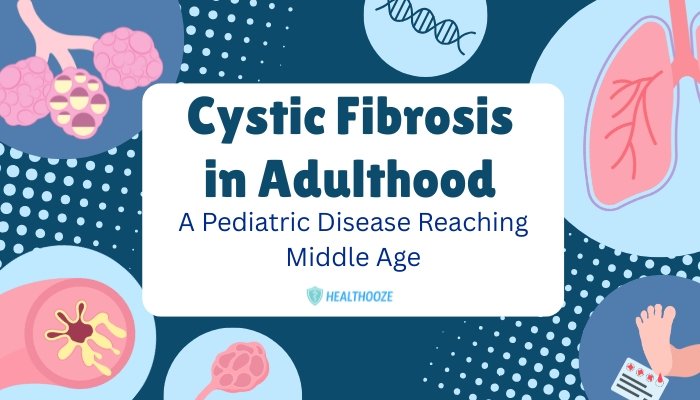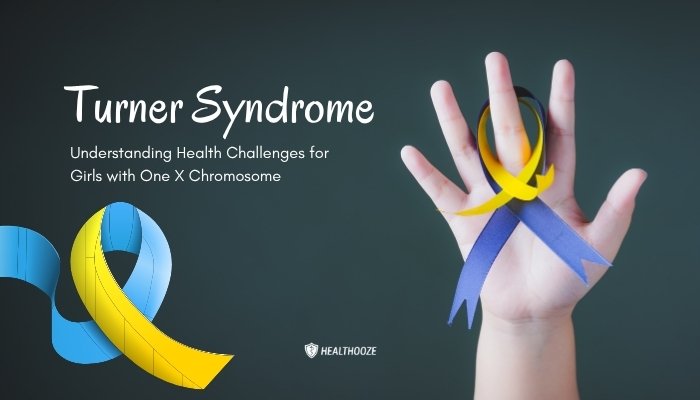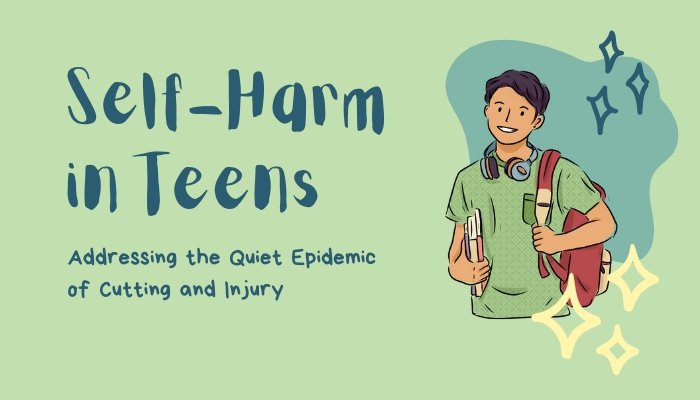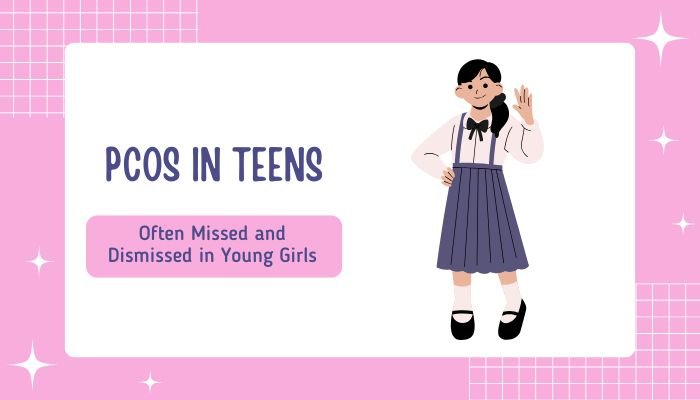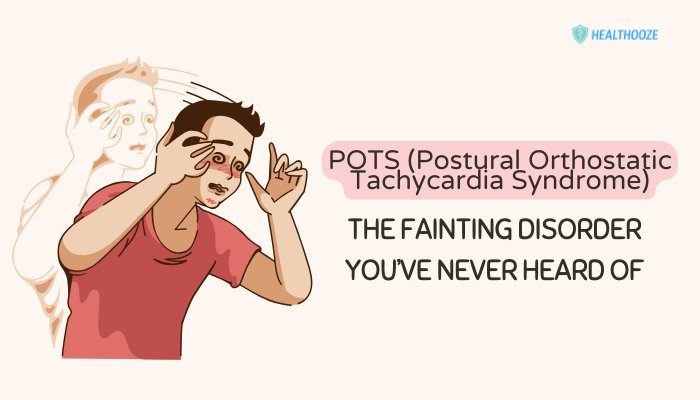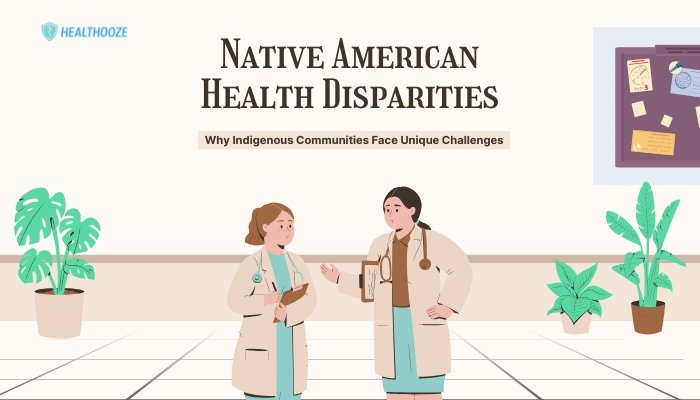Introduction
Cystic Fibrosis (CF) has long been recognized as a serious, childhood-onset disease that once limited life expectancy to adolescence. However, major breakthroughs in treatments—especially targeting mucus clearance, fighting lung infections, and improving nutritional status—now mean that more people with CF are living into their 30s, 40s, and beyond.
This paradigm shift highlights that CF care can no longer be seen solely as a pediatric specialty; multidisciplinary teams now guide patients through college, careers, and parenthood. Yet, adult life with CF remains full of complexities, from advanced lung disease management to psychosocial hurdles like relationships, work demands, and the emotional toll of daily therapies.
In this article, we explore the evolving landscape of cystic fibrosis as it affects people well into adulthood, detailing the distinctive challenges and the cutting-edge strategies that can help them maintain health and independence.
Understanding Cystic Fibrosis Basics
Genetic and Molecular Background
Cystic Fibrosis is an autosomal recessive condition caused by mutations in the CFTR (Cystic Fibrosis Transmembrane Conductance Regulator) gene. CFTR proteins regulate the flow of chloride ions in epithelial cells, affecting salt and water movement. When defective, thick, sticky mucus accumulates in the lungs, pancreas, and other organs.
Multi-Organ Involvement
- Pulmonary System: Chronic infections, bronchiectasis, and progressive lung damage remain leading challenges.
- Digestive Tract: Pancreatic insufficiency leads to nutrient malabsorption, requiring enzyme supplements. CF-related diabetes is also common.
- Other Concerns: CF can affect the liver, sinuses, and reproductive system (particularly causing male infertility).
Advances Leading to Longer Lifespans
Widespread newborn screening, antibiotic prophylaxis, inhaled therapies, improved nutrition, and lung transplant options have shifted the median survival from teenage years decades ago to over 40 years in many developed countries. Novel CFTR modulator drugs further transform the daily trajectory for a segment of patients.
Adult CF Care: Key Considerations
Transition from Pediatric to Adult Clinics
As CF patients reach their late teens or early twenties, they often transfer from pediatric CF centers to adult care. While specialized adult clinics are growing, not all areas have them. The change can be jarring if adult providers or staff lack CF-specific knowledge or if emotional ties to longtime pediatric teams run deep.
Ongoing Pulmonary Management
- Airway Clearance Techniques: Devices like the high-frequency chest wall oscillation vest or breathing exercises remain crucial, albeit time-consuming.
- Frequent Medications: Nebulized antibiotics, mucus thinners like hypertonic saline, and bronchodilators help maintain lung function.
- Pulmonary Exacerbations: Periods of worsened cough, sputum production, or breathlessness can lead to IV antibiotics or hospital stays. Recurrent exacerbations may hasten lung function decline.
Nutritional and Gastrointestinal Aspects
- Pancreatic Enzyme Replacement Therapy (PERT): Vital for absorbing fats and vitamins. Adults who become less adherent risk malnutrition or underweight.
- CF-Related Diabetes: Glucose intolerance emerges in adulthood; monitoring blood sugar levels and insulin therapy are critical to avoid complications.
CFTR Modulator Therapies
Breakthrough drugs (e.g., elexacaftor/tezacaftor/ivacaftor) correct the underlying CFTR defect in certain mutation classes. Many adult patients describe unprecedented improvements in lung function, weight gain, and reduced exacerbations. However, not all CF genotypes benefit from current modulators, leaving some still reliant on older management strategies.
Beyond the Lungs: Adult CF Challenges
Fertility and Family Planning
- Men: About 98% of male patients with CF have congenital bilateral absence of the vas deferens (CBAVD), leading to infertility. Assisted reproductive technologies can help father children.
- Women: Many can conceive, but pregnancy demands close monitoring due to potential respiratory strain and nutritional needs.
- Genetic Counseling: Couples must consider the risk of passing CF to offspring or dealing with partner’s carrier status.
Work and Financial Considerations
Staying employed can be difficult if frequent treatments or hospitalizations disrupt schedules. Government disability benefits or flexible job arrangements can lighten the burden. However, securing robust health insurance is crucial for covering high medication and hospital costs.
Emotional and Relationship Health
- Mental Wellness: Chronic illness, persistent therapies, and concerns about disease progression can trigger anxiety or depression.
- Social Life and Travel: Extended daily treatments hamper spontaneity. Abroad trips require planning for safe medication transport, local healthcare resources, and supportive environment to maintain airway clearance routines.
Potential Complications and Advanced Care
Respiratory Decline and Transplant
When lung function falls below certain thresholds (e.g., FEV1 < 30%), a lung transplant evaluation may be considered. Double-lung transplants can significantly extend life but involve surgical and immunosuppressant risks. Some adult patients thrive post-transplant, re-experiencing activities they had to forgo.
CF-Related Diabetes
An older CF population sees increased prevalence of CF-related diabetes (CFRD), requiring insulin therapy, dietary management, and careful infection control. Hyperglycemia can hamper lung function further.
Liver Disease
Cirrhosis or portal hypertension may develop in a subset of adult patients. Regular liver function tests or imaging can detect early changes, though robust treatment options are limited if advanced.
Coping Strategies for Adult Patients
Adherence to Complex Regimens
Adults often juggle multiple inhaled therapies, physical therapy sessions, oral meds, and nutritional supplements daily. Time management and digital reminders (apps or phone alarms) can help maintain consistency.
Strengthening Social Connections
Connecting with others who share CF experiences fosters emotional support and tip-sharing for tasks like airway clearance. However, in-person contact among CF patients can risk cross-infection with resistant bacteria, so many rely on online groups or carefully-managed gatherings.
Emphasizing Physical Activity
Mild to moderate exercise, like walking, yoga, or swimming, can improve lung capacity and mental well-being, if tailored to one’s respiratory status. Healthcare providers can guide safe routines.
Future Outlook
Expanded Drug Innovations
Ongoing research focuses on new CFTR modulators for less common mutations and combination regimens that intensify protein correction. This might further shift life expectancy upwards and reduce daily therapy burdens.
Gene Therapy and mRNA Approaches
Scientists investigate delivering healthy CFTR genes or stabilizing CFTR messenger RNA. While early in development, these advanced treatments aim at reversing the genetic defect rather than merely mitigating symptoms.
Holistic Care Approaches
Comprehensive clinics, uniting lung specialists, nutritionists, psychologists, and social workers, provide “one-stop” synergy for adult CF patients, ensuring streamlined checkups, mental health counseling, and prevention of complications.
Conclusion
Thanks to groundbreaking treatments, most children with cystic fibrosis today grow up to become adults with unique dreams, careers, and families. Yet the transition into adulthood is replete with complexities—medically, emotionally, and financially. Adult CF patients must remain vigilant about lung health, nutrition, infection risks, and potential advanced complications like diabetes or lung transplant evaluations. Ongoing scientific breakthroughs, from CFTR modulator therapies to prospective gene editing, continue to push survival and quality of life boundaries upward. Meanwhile, robust psychosocial support networks and integrative care models help adults with CF thrive, shaping a future where cystic fibrosis is seen less as a life-limiting childhood disease and more as a chronic but manageable condition across the lifespan.
References
- Elborn JS. Cystic fibrosis. Lancet. 2016.
- Ratjen F, Bell SC, Rowe SM, et al. Cystic fibrosis. Nat Rev Dis Primers. 2015.
- Rubin BK, Warnock L, Cravedi P, et al. The adult cystic fibrosis continuum: new frontiers in treatment. Semin Respir Crit Care Med. 2019.
- Taylor-Robinson D, Archangelidi O, Carr SB, et al. Data on global epidemiology of CF. J Cyst Fibros. 2018

